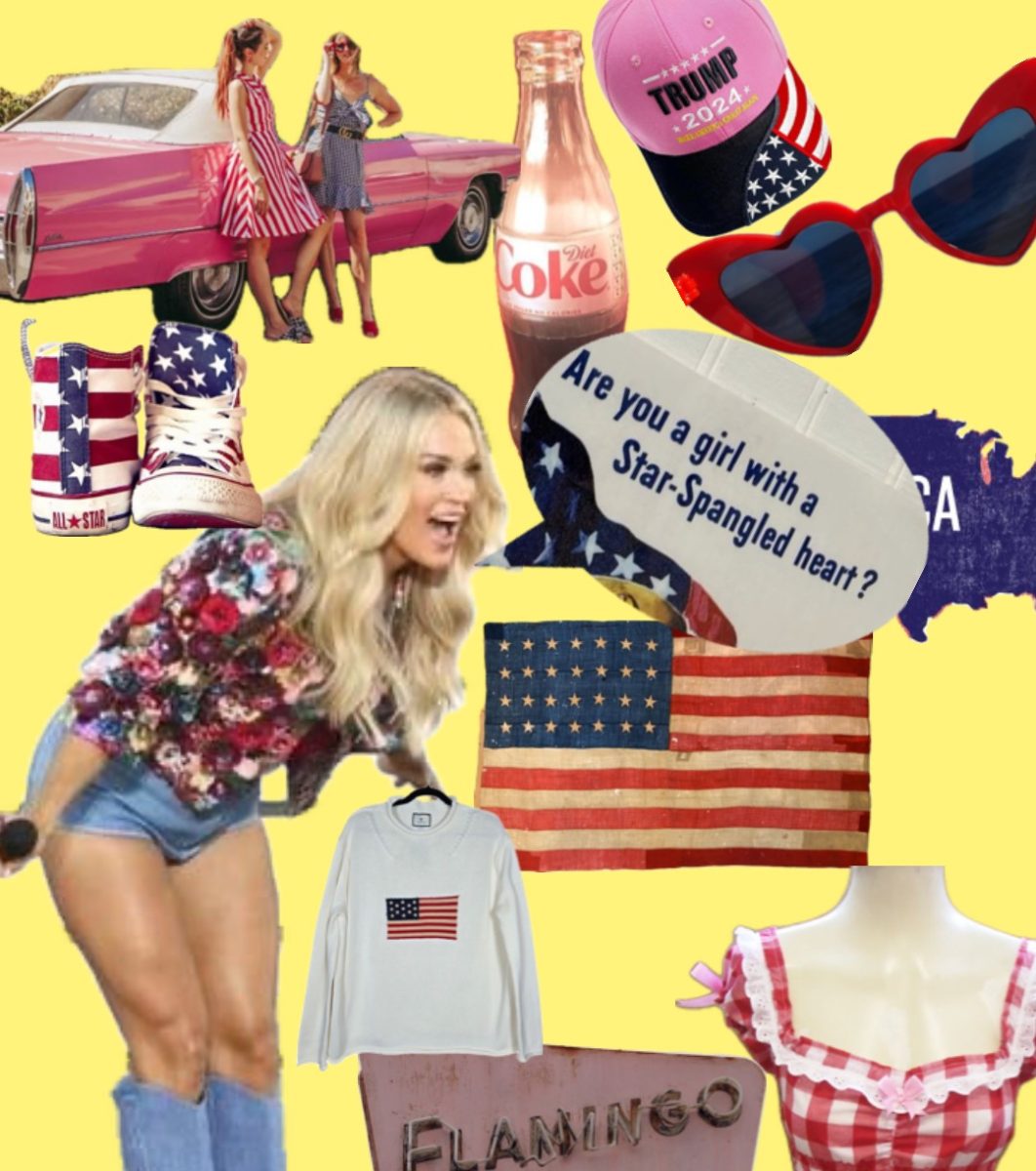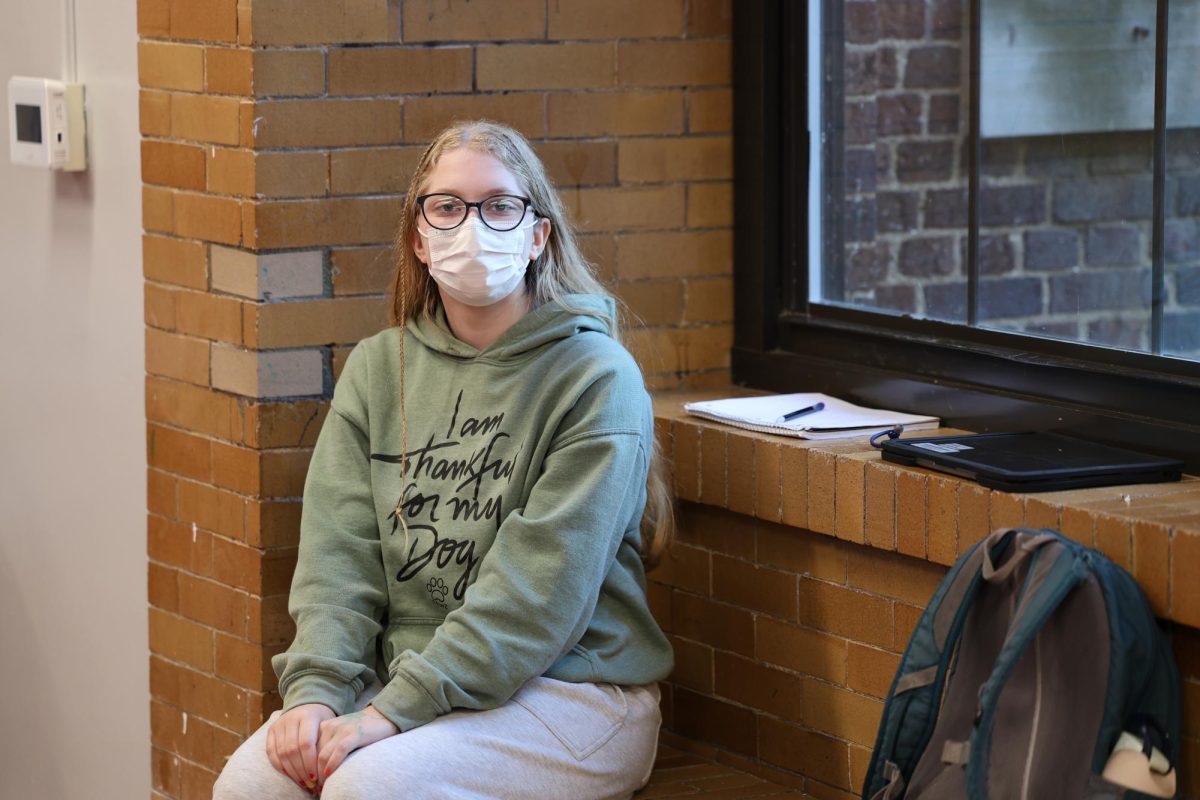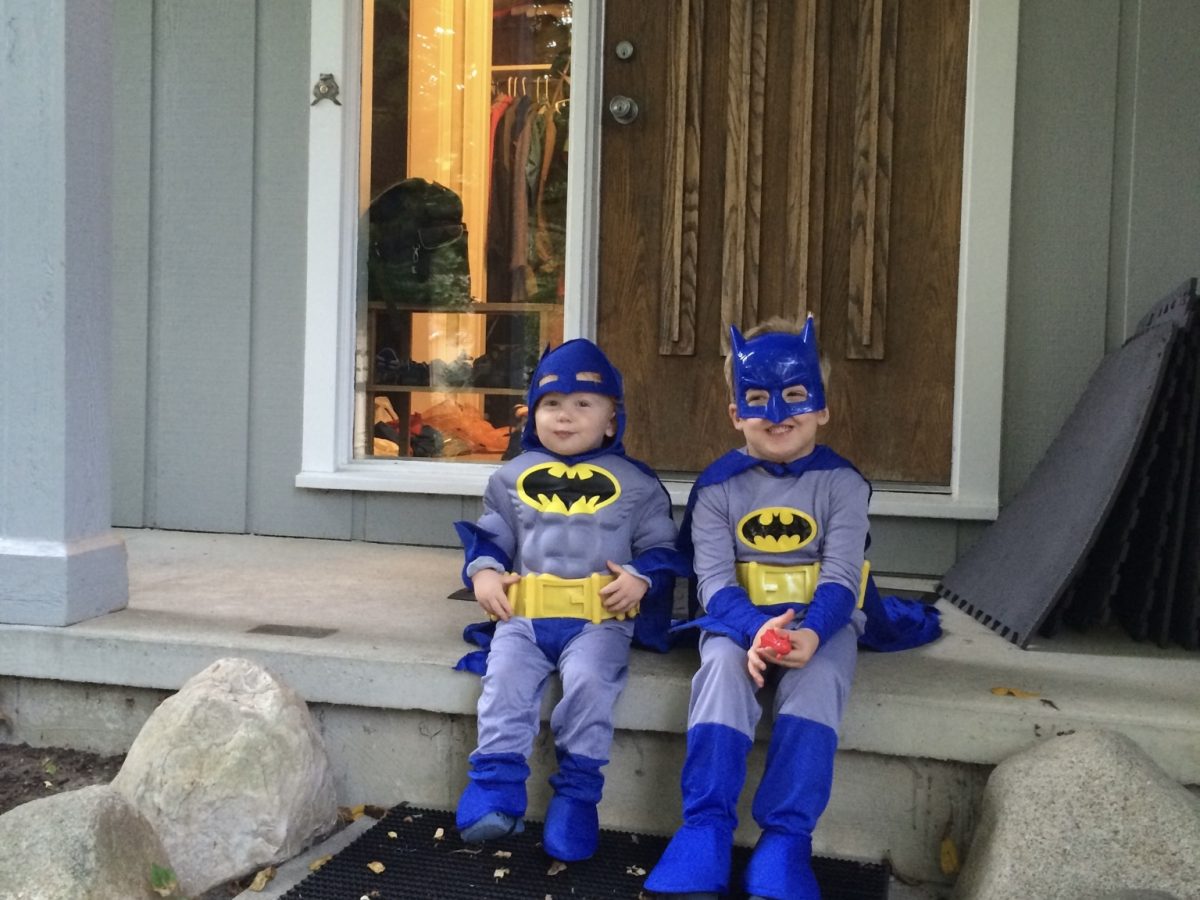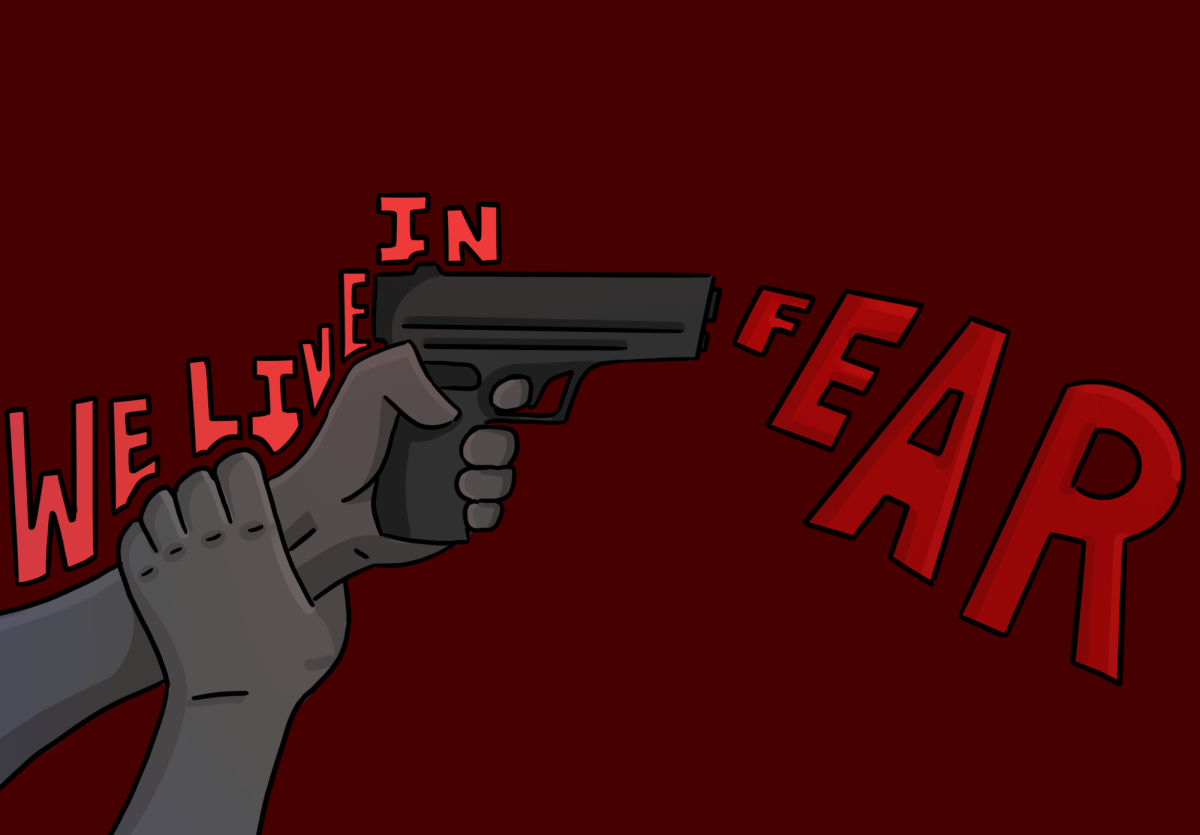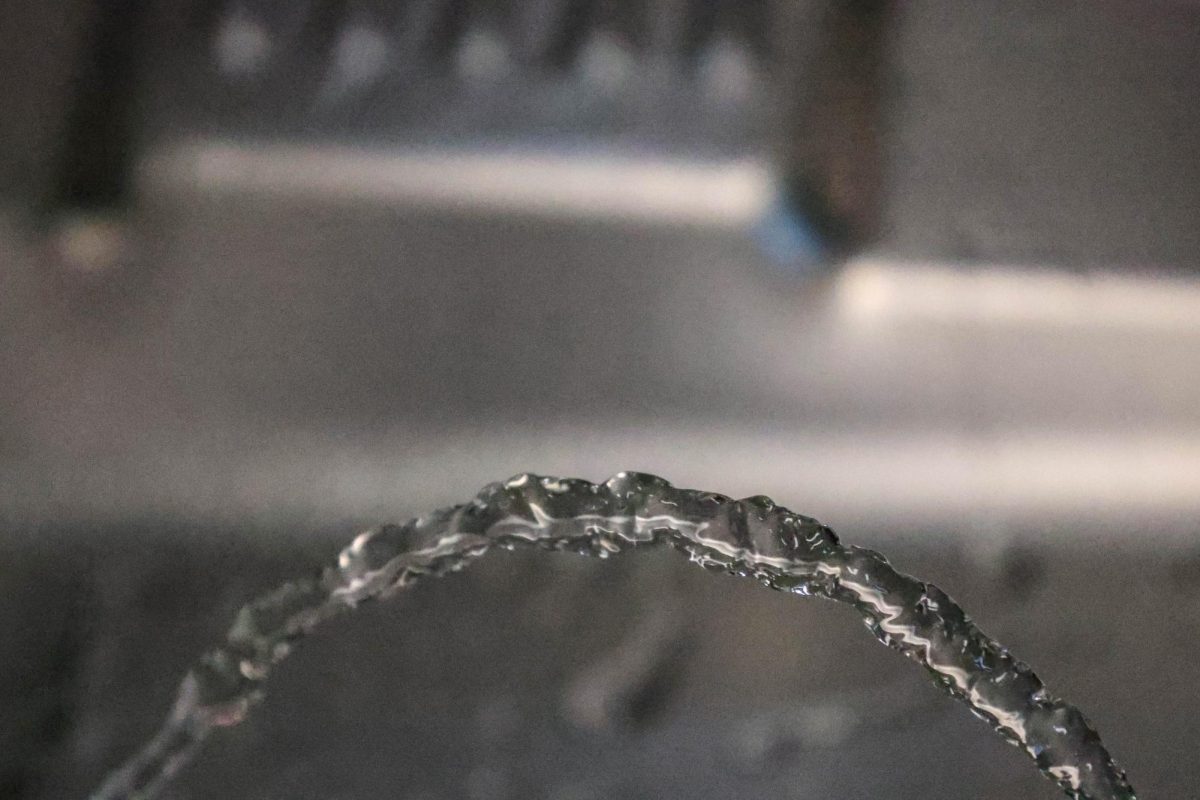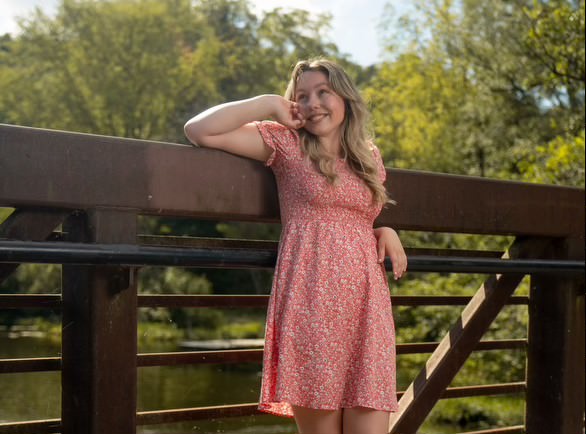I’ll say it: I expected more from Carrie Underwood. As an avid country music listener with Tennessee blood, some part of me has always idolized her along with Reba and Dolly. Some part of me probably still will — I can’t give up on “Some Hearts.”
But, unfortunately, the light I saw her in is dimmed. Dimmed by a shadow of corporate country music, a genre I wouldn’t guess the singer of “Before He Cheats” to sell herself into. Doomed by an inauguration that I didn’t believe in in the first place.
The weekend between the TikTok ban and inauguration was pure propaganda. It’s important to recognize that. The ploy was thought out shallowly, with an app thanking the man who proposed its demise and then, with his grace, reappearing 24 hours later. Furthermore, the CEO of TikTok, along with those of Tesla and Meta, sat front row at the inauguration.
Carrie’s and TikTok’s roles are clear and fully utilized youth support. The number of people I saw pre-TikTok shutdown using sounds praising and begging Donald Trump not to shut down the app was alarming. This was only amplified after the shutdown, with the app itself joining in the praise.
Here’s the thing: Trump might actually love TikTok, and not for the brain rot or “Family Guy” episodes. He loves it because it creates a corner for his supporters, amplified by social media figures like his wife and Carrie Underwood.
The shift from 2019-2020 to the present day on social media has been drastic to a point where I am not sure it’s coincidental.
Fashion trends both on and off social media tend to reflect their decades, so it isn’t an insane offer that the 2010s edgy, colorful and alternative aesthetic — if slightly cringeworthy — has been contrasted. Our days of scene queens and liberalism unlocking rebellion are over, as we shift to Stockholm pants and politics not affecting us. Though these styles are not political on their own, they play into social standards of femininity, defining Gen Z’s need to aestheticize political party. In both the 2020 and 2024 elections, social media has played an important role. Whether this role was good or bad is up to the consumer, but I’ll be the first to admit I can be swayed. In 2020, my for-you-page was riddled with eccentric pink wigs and Penelope Scott songs. Now, I more often see tradwives babying and overworking themselves for clicks and male approval.
As trends like Americana have emerged, patriotism has subconsciously emerged as well. We have seen a double-edged sword arise, resulting in the polarized social state we live in today. Americana on Pinterest is jeans, Coca-Cola, heart-shaped sunglasses, trucks, plaid, diners, cowboy hats and above all, countless American flags. Overall, this aesthetic reminds me of Arkansas. And though there is beauty in our country, this falls into idolization, directly contrasting the founding father’s wishes of a lack of flag imagery and clothing. It is a sacrilegious devotion. It is food being reduced to a plot as the girls in the pictures stay skinny. This trend is beauty standards and corporatization of land, but before all that, it is cute and therefore trendy.
From Americana, the Trailer Park Princess was born. If I hate anything in this world, it is the Trailer Park Princess aesthetic. And once again, not for lack of aesthetic — the princess is cute as heck. Lace, leopard print, curlers, accents and found family? What’s not to love!?
Bankruptcy. That’s what.
Trailer parks aren’t “cute.” Trailer parks aren’t “fun.” The glamorization is a privilege to have. A privilege that strays from your reality of three-bedroom homes is some people’s daily struggle. The aestheticization of poverty, fed by the Lizzy Grant narrative, creates a subconscious assumption that the lowest income bracket is in no need for reform, subconsciously propping up the 1%, as the enjoyers of the aesthetic scroll on pinterest in their cozy safe homes.
Speaking of the 1%, they aren’t innocent in this either: aesthetics prop them up as well. Old money and dark academia create more envy around the luxurious lifelines, hoisting limos and trophy homes as a norm. Ivy league schools have become normalized in TV shows like Gilmore Girls and Gossip Girl.
Perhaps both most rampant and popular is the “Clean Girl” aesthetic, illustrating simplistic lifestyles boosted by pastel scents, daily workouts and slicked-back hair. But behind the beauty is consumerism, classism and racism, as seen on prices and aesthetic layouts. The basic and essentials-only view is hypocritical, as an essential part of the brand is marketing: face creams, hair masks, specific shampoos, moisturizers, the list goes on.
While some of these products can be found at drug stores, the majority of them are products that the average working-class consumer cannot indulge in frequently. And like the rest, a Pinterest search follows a pattern.
Pinterest models marketing these aesthetics hold no real diversity — skinny and white, with hair color being the main distinction. We are dismissing body positivity and tolerance for an ideal that American history is more comfortable and catered to.
We are stuck. Progress halts for rhyming history and ideals we build tattered to trash.
Moving forward is the hard part, and that comes from acknowledging why we’ve stepped backwards. In scary times, good people do what they can: avoid these stereotypes and take a history class, or read a book. If aestheticization holds no power over us, maybe we can once again build a new future.



